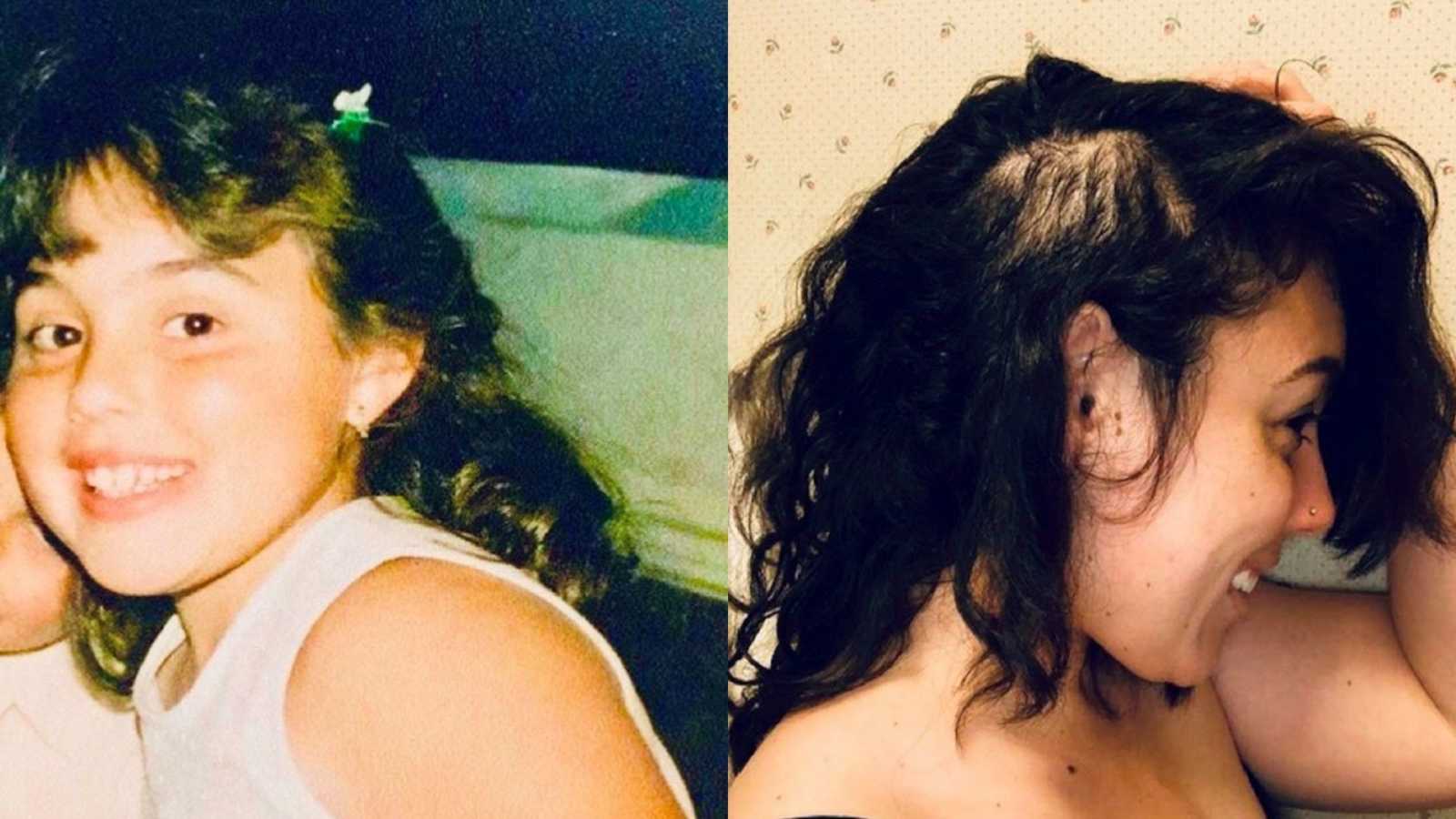“It all began as little 8-year-old me innocently pulled out an eyelash for no rhyme or reason as I sat in my mom’s car of a McDonald’s drive-thru. And you know what? I kind of liked the feeling from it. This oddly satisfying feeling led me to keep pulling them out until I had made a portion of my eyelashes bald. And this is where the journey starts taking off.
As more and more eyelashes began to go missing and it was becoming exceedingly difficult to hide my bald eyelids, my parents began to notice. From a parent’s perspective, it was really hard for them to accept the fact that their precious first-born would do this to herself, as they thought this was something I could easily control and stop doing if I wanted to.
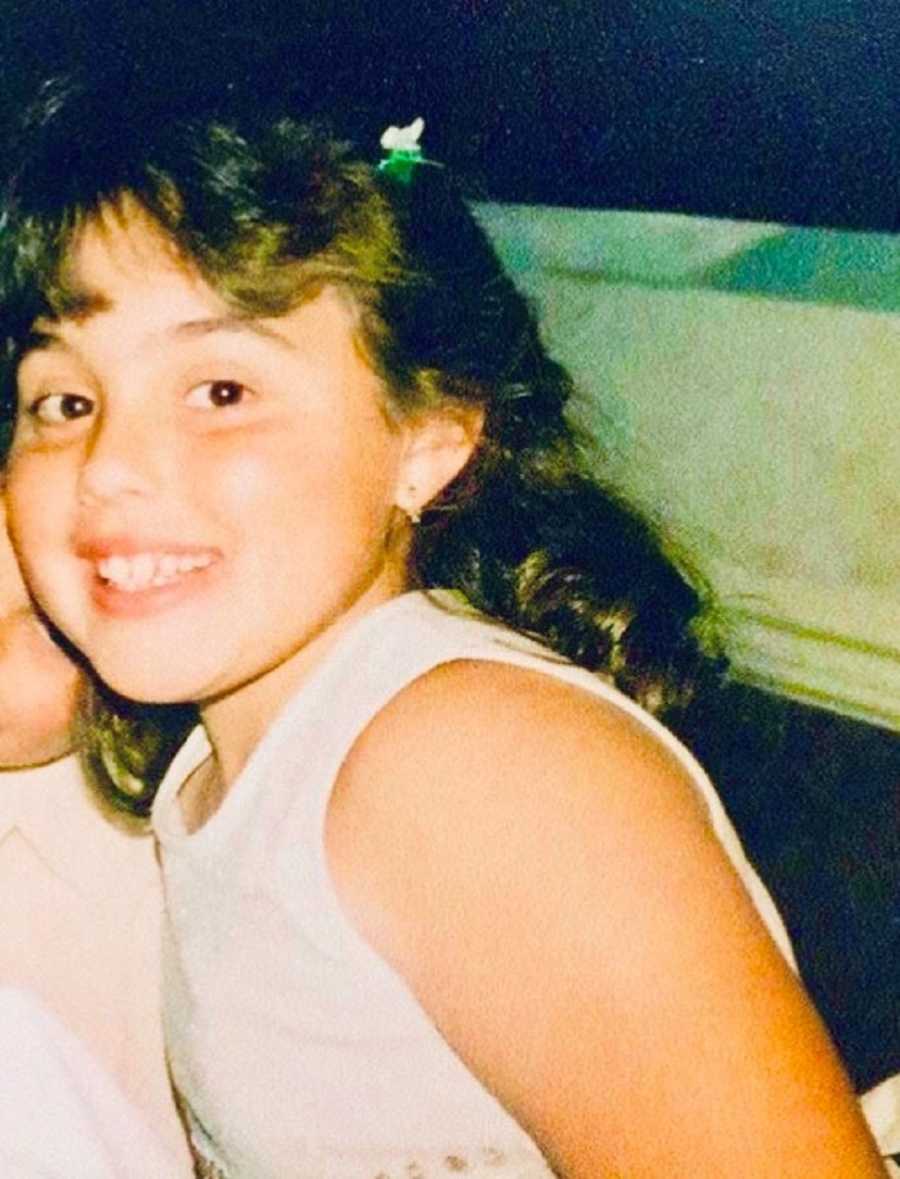
Unfortunately, no one with Trichotillomania WANTS to pull out their hair to the point of baldness, and it is not something that one can easily just stop doing.
Although I have never been formally diagnosed, I have been dealing with the symptoms of Trichotillomania for 18 years so far. Simply put, this is a body-focused repetitive disorder that causes irresistible urges to pull out body hair from the scalp, eyebrows, eyelashes, or anywhere on the body that hair resides.
Around 10 years old, I moved my focus of pulling from my eyelashes to my scalp, which is where I still primarily pull out my hair, along with the occasional eyebrow pulling. I remember getting in constant trouble by my parents for pulling out my hair, until one day, a little light was finally shined on the issue.
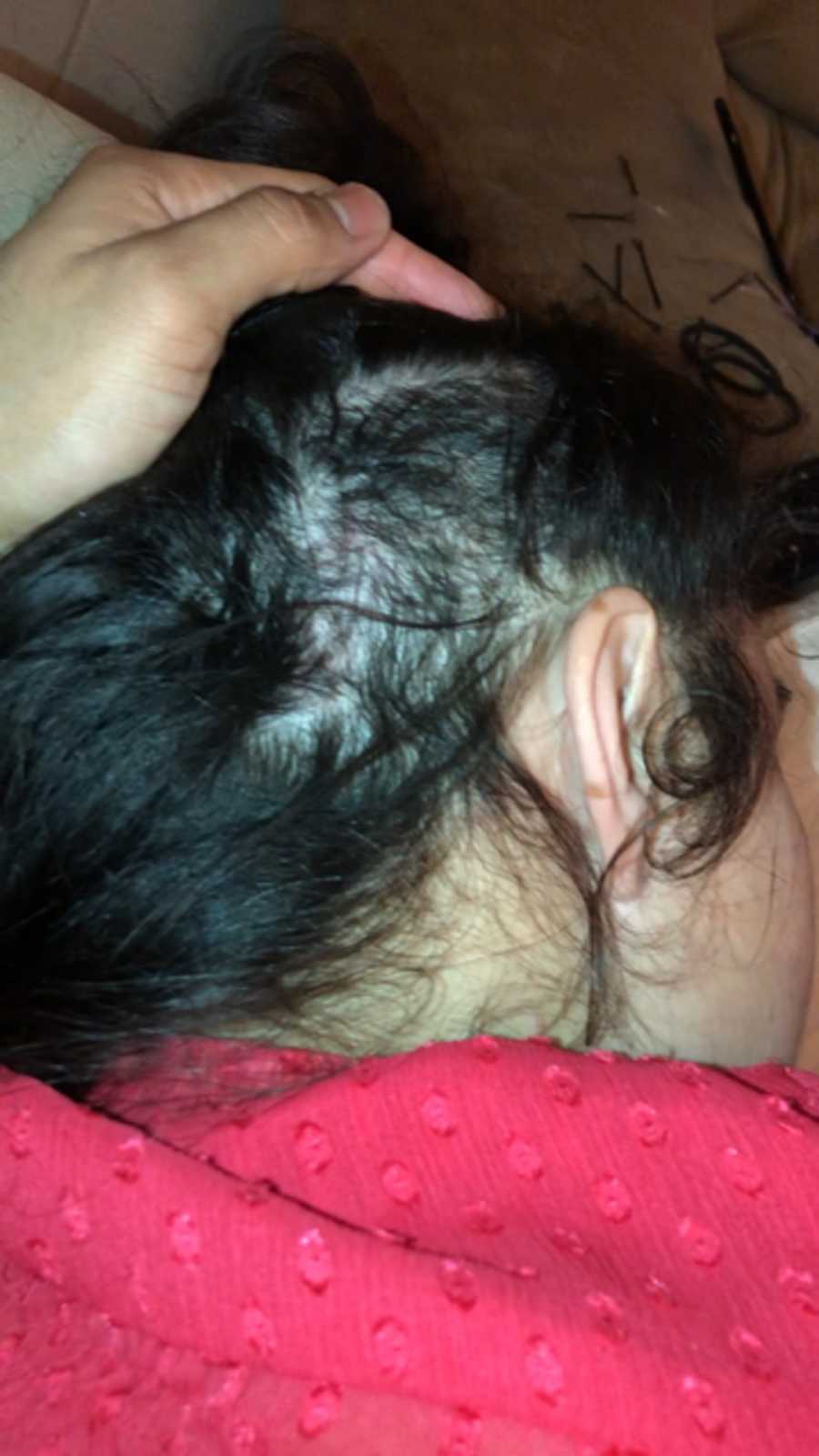
I remember the day I found out the name of this disorder like it was yesterday. I was around 10 years old. As I was getting a scolding for making a bald spot on my scalp, my mom came out from our home office and said, ‘I think I’ve found something that might be exactly what Amber has! It’s called Trichotillomania.’ I remember my mom not being able to even pronounce the name of it, as it was so foreign to all of us. As she read aloud the definition of this hair-pulling disorder, I recall thinking to myself, ‘What the heck? I’m not the only one who does this? Other people are weird like me, too?’ The fear of getting in trouble subsided as I was beginning to feel like having this disorder was not my fault. I was relieved to not be the only one in the world with this. This was not just an ‘Amber thing.’ I was not alone.
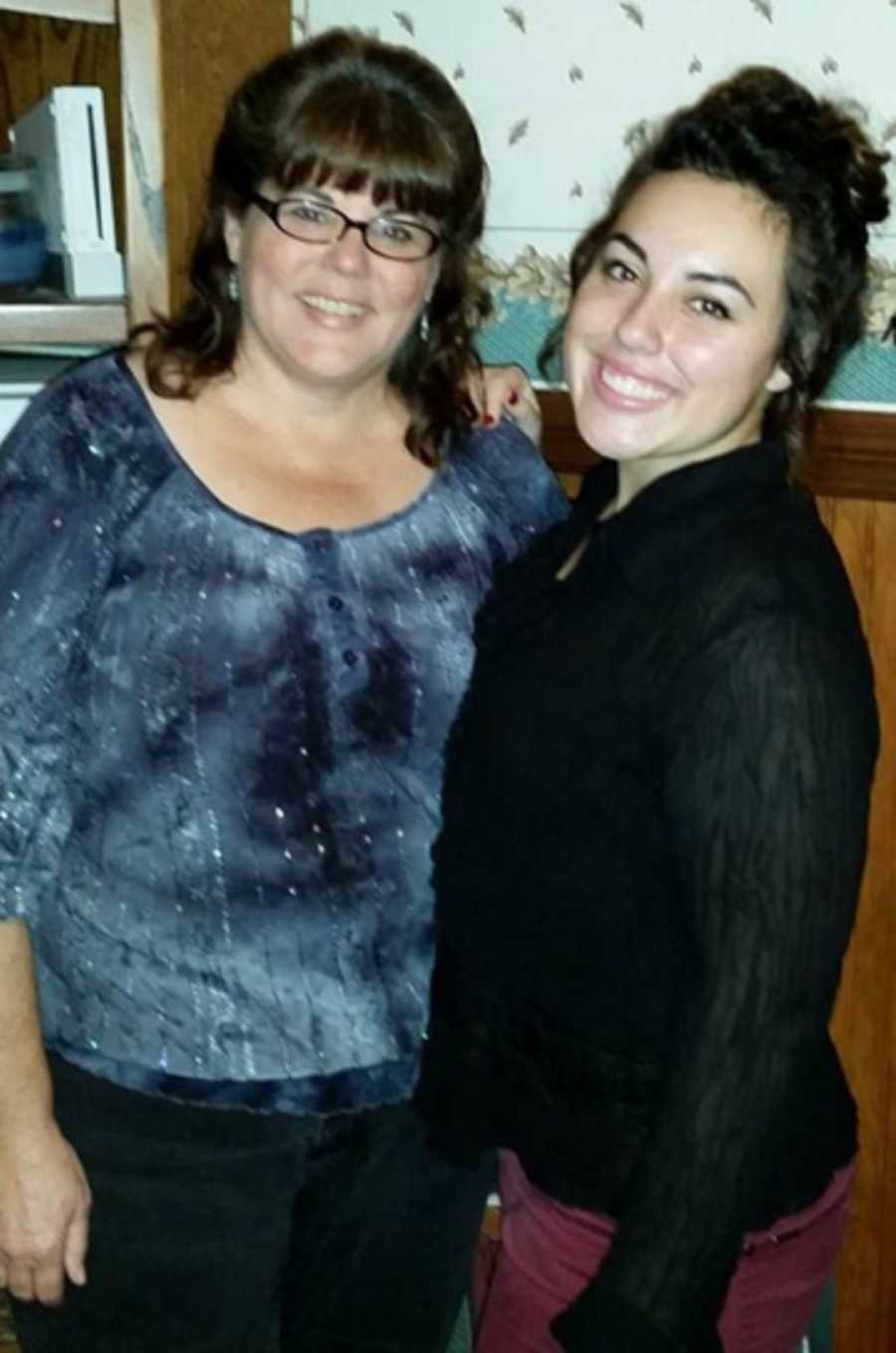
Now knowing this newfound discovery of such a disorder, from the ages of 8 to 15, I lived in constant fear, shame, and frustration as Trichotillomania was always in the back of my mind. Every day I would have to spend extra time getting ready as I tried maneuvering my hair, scrounging for bobby pins in hopes that my bald spots would not peek through to prevent my peers from noticing. The thought of my peers possibly seeing what I had done to my scalp terrified me. I was afraid of their judgement and lack of understanding of why someone would ‘want’ to pull out their hair. Kids of all ages can be so cruel. I would always slyly pull out my hair as I pretended to be resting my head on my hand, but at times classmates would notice and question me.
‘What are you doing? Why are you pulling out your hair?,’ they’d say.
Of course, I was always quick to deny (although I don’t think I ever sounded convincing).
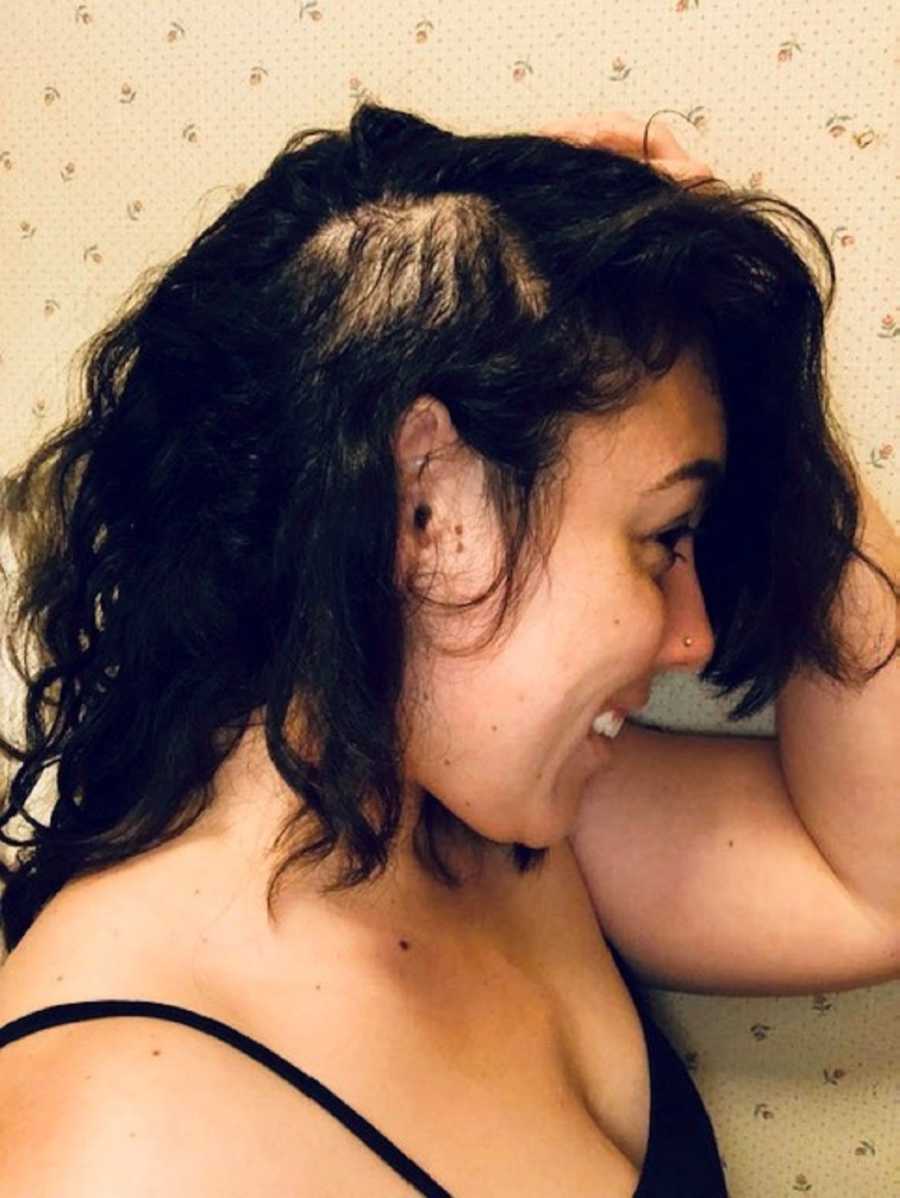
I was always a social butterfly growing up, but this dark secret of mine was always being taken into account when engaging in simple activities with my friends. I remember making up random excuses to my friends such as, ‘I don’t like my hair being touched’ when I would be at a sleep over and my friends were braiding each other’s hair or saying, ‘I don’t feel like getting my hair wet today’ when I was invited to go swimming at a friend’s house. I would say this but not mean it at all. I just did not want to draw any attention to my scalp when in fact all I wanted was to engage in these fun bonding moments with my friends. I let my insecurity of my friend’s finding out about my darkest secret take over.
Jump ahead to high school, I got connected with a Trich support group and through that I was connected to the Hair Club; I am BLESSED to have found both! At this time, the bald spots on my scalp were at their very worst – baldness stretching from ear to ear. It was becoming extremely difficult to cover my spots even with the largest head bands I could find.
I finally knew it was time to take action.
After a consultation at the Hair Club, I received my fake, thick hair and arrived to school the next day. Having the hair piece truly allowed me to feel like a ‘normal’ girl again. I could wear my hair down like all of my friends rather than my constant high bun. Tthe worry of anyone seeing my bald spots was gone. So many of my friends and peers at school complimented me as I had a completely different look. My hair piece was cut to give me the bangs I always wanted but could never have due to all of my short, stubby hairs on the top of my head. Since my immediate family were the only people who knew about my disorder, they were my biggest and main support.
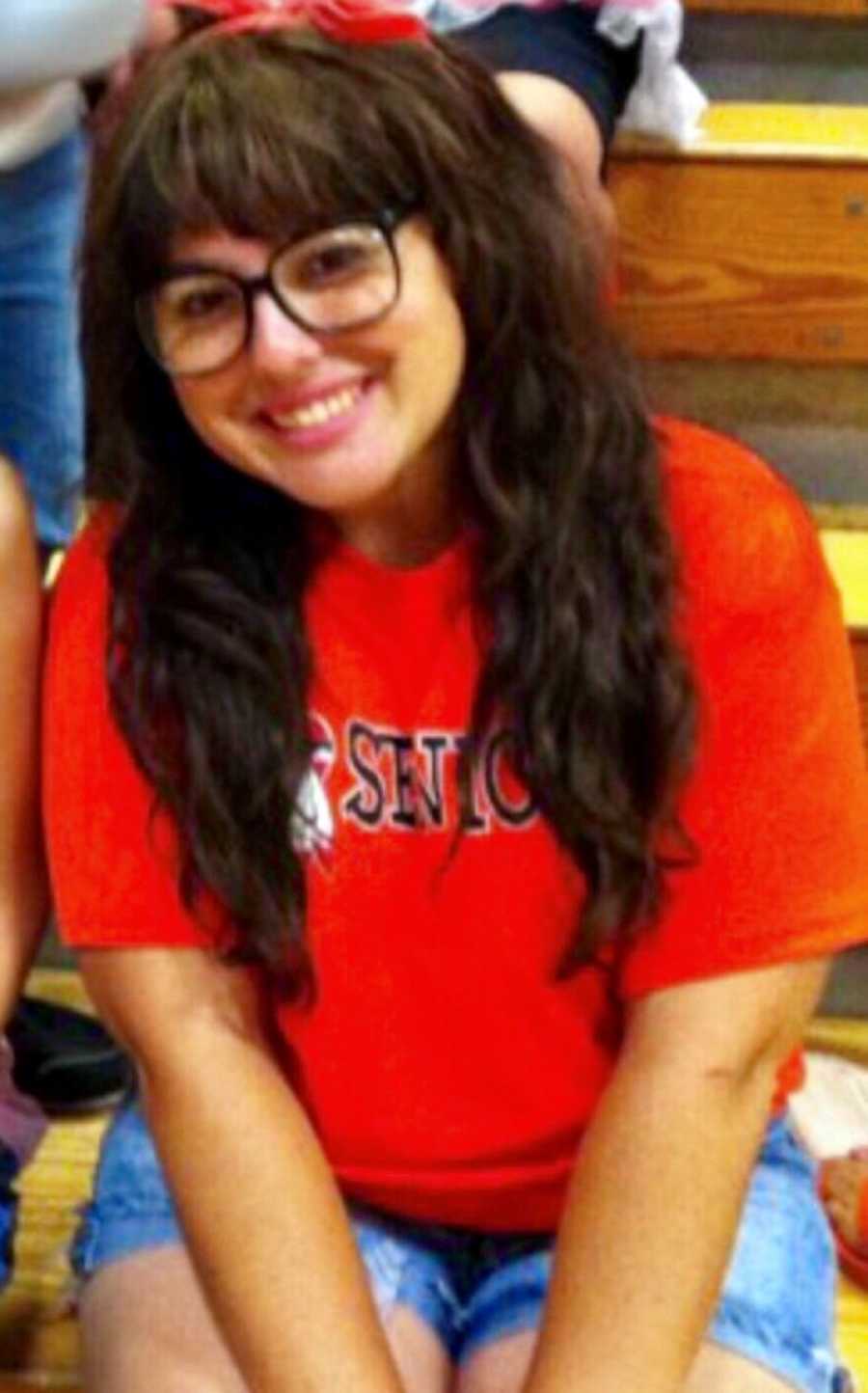
Receiving compliments from my family or friends about my hair made me the happiest as this was never something I took pride in or cared about. Seeing my hair as ‘pretty’ was an adjustment for me, but realizing my real hair had a second chance to completely grow back, allowed me to finally start taking more pride in it and I, for the first time in a long time, WANTED to look at my hair in the mirror. Looking back, the amount of confidence this hair piece brought to me is immeasurable and it is honestly the one thing that gave my real hair and the drastic bald spots I created a second chance to grow back.
I tried to start my college career with a fresh start once I felt I no longer needed the hair piece, but I still hid behind constantly throwing my hair up in a bun with loads of bobby pins in hopes that the bald spots would stay hidden. I could only find myself opening up to a few people (a few close college friends and my significant other) which was a big step in this journey of growth for me. The individuals I have told have shown me nothing but love, understanding, and honestly couldn’t care less. For that, I cannot thank them enough.
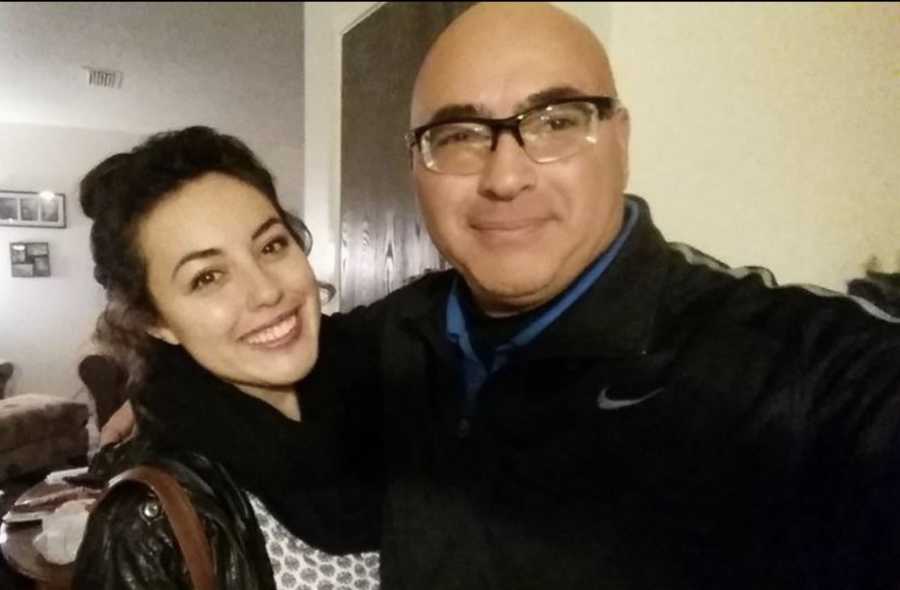
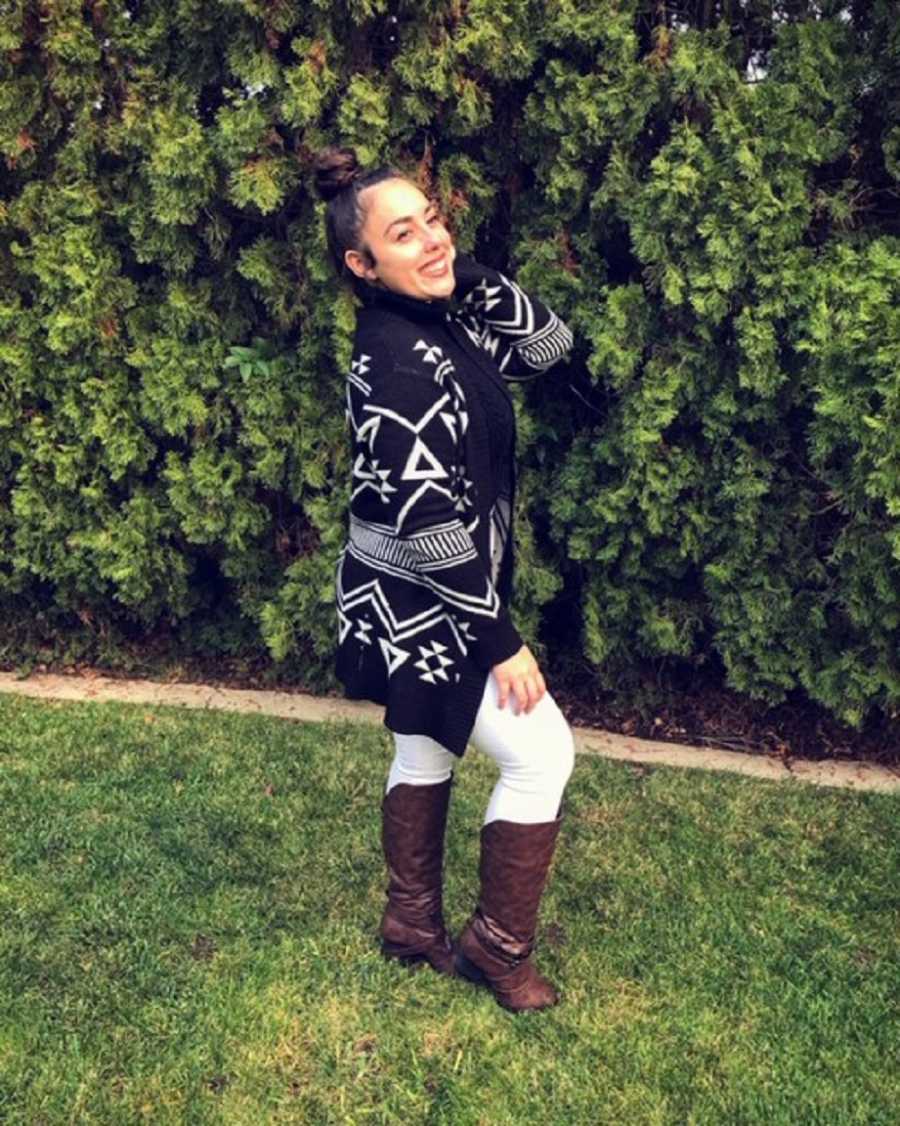
Being on this journey of self-acceptance has been a long one, but as of March 2019, I have made it my mission to be open with the world about my disorder because I am done hiding. I am done feeling ashamed, and I am ready to be the fully EMPOWERED woman I am evolving into. There is not enough light shed upon this disorder. I would love to help normalize Trichotillomania and for people to become more aware. This is much more common than you think. It is easy to feel alone and live in secrecy with this disorder, but as we educate and create that dialogue which I am beginning to do myself, I am excited for others to find their inner voice, know their beauty, and believe how strong they truly are. This is a daily battle triggered by stressors in life.
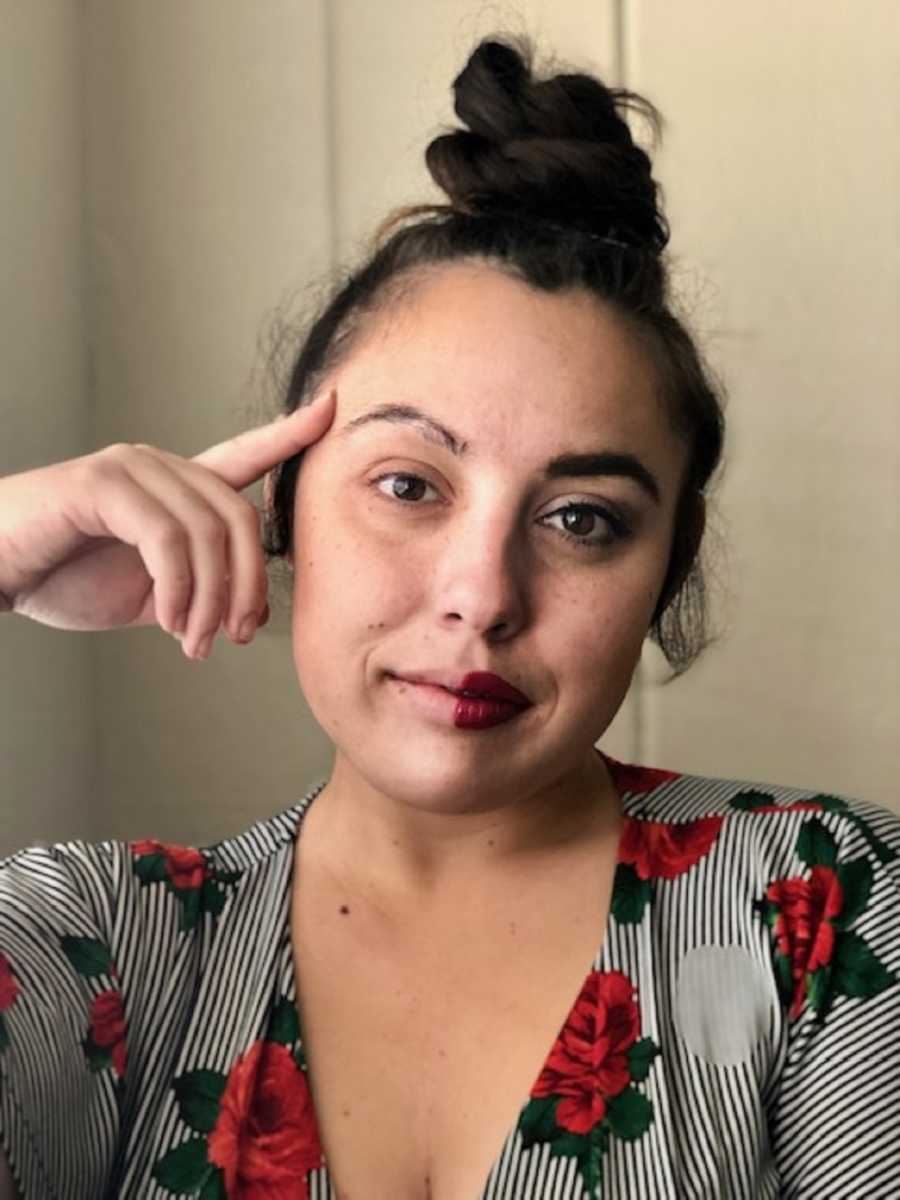
Trich, you are one hell of a nuisance. My goal is to finally defeat this, coming out a true champion, letting my hair flow free as ever with no fears. With that, as a reminder to myself and others who are struggling with a mental illness, we are NOT in this alone!”
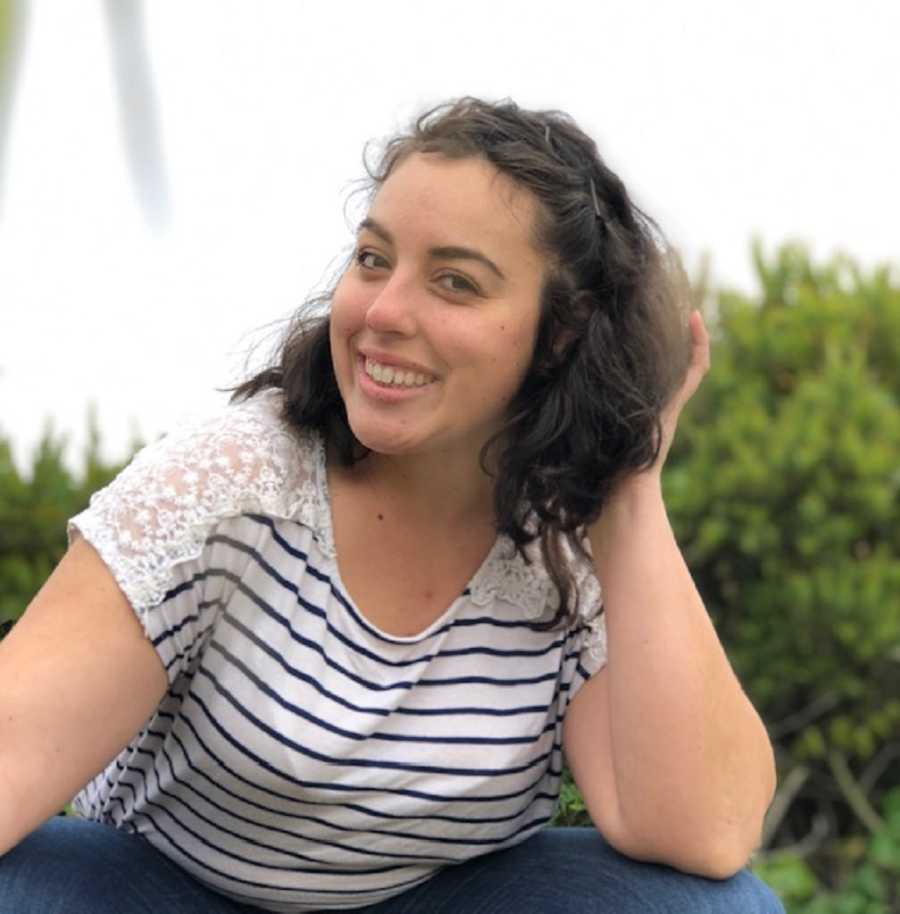
This story was submitted to Love What Matters by Amber Garcia of Monterey, California. You can follow her journey on Instagram. Do you have a similar experience? We’d like to hear your important journey. Submit your own story here, and be sure to subscribe to our free email newsletter for our best stories.
Read more stories like this one:
Do you know someone who could benefit from this story? SHARE on Facebook to let them know a community of support is available.

